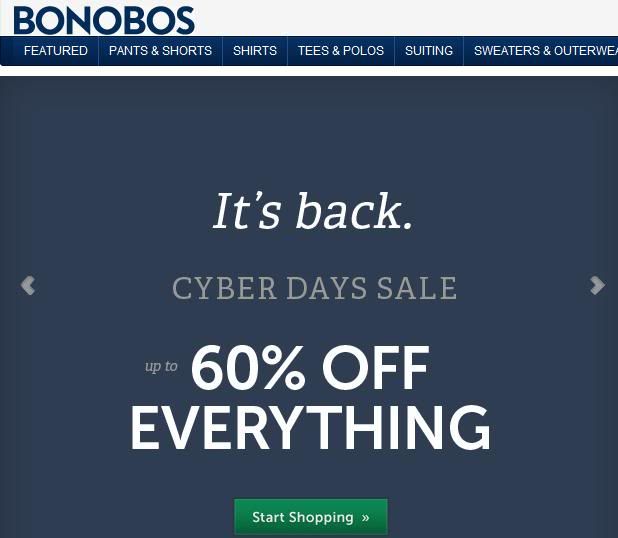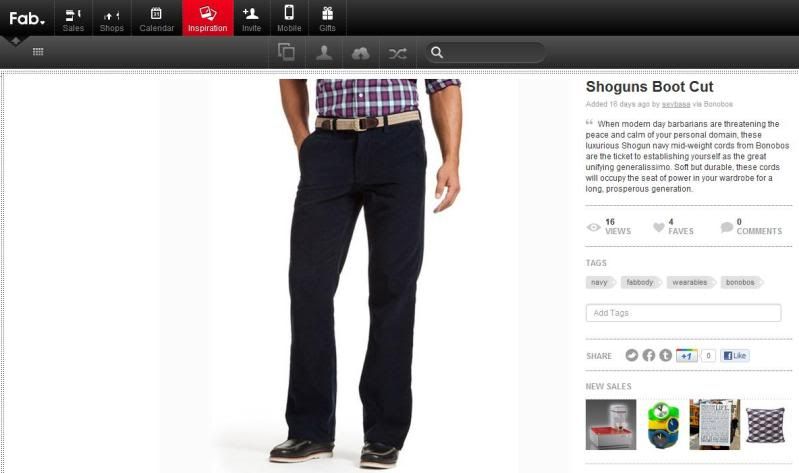Working in marketing for a startup in the early days, I was always challenged with building awareness. There were mainly two ways to do that:
1) spend money on awareness advertising initiatives
2) create an environment for awareness
For the former, we identified a few affordable ways build awareness and spent money cost-effectively. For the latter, it was all about being out and about. Going to events, posting comments on blogs – anything that you get your name and your brand noticed, hopefully with a bit of a story behind it. A big thing is getting the rest of your employees to do the same.
Once you start to spend money on awareness advertising initiatives, it doesn’t matter how effective that initiative is; it will build awareness for one group guaranteed: salespeople. Particularly salespeople for other advertising companies. Most marketers probably consider this annoying because they are now inundated with cold calls and emails about a ton of marketing initiatives on which they don’t have money to spend. But this phenomenon presents a huge opportunity for the startup marketer. That opportunity is counterselling. It functions primarily the same way you would want to convert your target market: awareness leads to consideration which leads to trial.
So now you have a targeted group of potential customers emailing and calling you to find out more about your business. Who cares if they ulterior motives for that behavior? They’re still potential customers. So what I did is I responded to them. I thanked them for their emails. I set up phone calls. What did I do on those phone calls? First, I pretended I had money. Second, I told them the truth in that I had very little time. Lastly, and most importantly, I countersold.
Now, I want preface this by saying I am not a natural salesman and that I’m not saying all startup marketers need to become salespeople. The beauty of this group of potential customers is that their job is to listen to potential clients. And once you are on the phone with them, you are a potential client.
So what is counterselling and how does it work? Well, if a salesman is any good at their job, on that phone call their main job is to ask a lot of qualifying questions to make sure you can be a successful client for their company. These will vary by company, but mainly their intention is to make sure they aren’t selling forks to an ice cream shop kind of stuff. What these questions do though is give you a chance to tell the story of your company: how it was founded, the value proposition, a funny anecdote about how some people are using the service, and ideally, something that makes the company look bigger than it is.
Now, I know what you’re thinking. Sounds a lot like one-to-one marketing. I need a million users not to get fired. I don’t have time for this. Well, firstly, one customer is better than zero customers, and two, it’s isn’t one-to-one, and I’ll tell you why. The goal of your answers to their qualifying questions should be two-fold. First, you want to get the salesperson excited about trying your product him or herself. This is much easier to do than for normal users as it helps them qualify your product as a good potential sale or not, and they think it will impress you that they’ve used the product, making it more likely they can close.
Second, you want to sell the salesperson on the fact that you’re a serious potential deal. This is not hard as salespeople are notoriously optimistic, and because you pretended you have money, their biggest obstacle. What this second objective accomplishes makes sure of is that this salesperson at least tells one other person at their company about you i.e. their boss, and more likely, their entire sales team. The reason for the latter is because he wants to protect himself from one of his team members also calling on you and stealing his sale. So what you have after one call is basically a brand evangelist at that company.
Now, I don’t want to create the illusion that this always works, but it’s been pretty effective for me at enticing trial of the service. And if your product is good, trial can very easily lead to a repeat customer or a few repeat customers at that company. Also, I want to make sure you know that this is a good thing for the salesperson. They get to tell their story more often as well, and have a shot at convincing you they normally wouldn’t have gotten.
I also want to mention that the sales process does not stop there for this company. They are going to come back with two things (lots of dualities in this post I’m noticing):
1) a more serious meeting/proposal
2) some feedback on using your product.
It’s important to take both very seriously. If you dismiss the first, you will not have a repeat customer out of spite. If you dismiss the second, you’re just a bad marketer. I’ll assume you’re taking care of the latter, so let’s discuss the meeting/proposal in more detail below.
When a salesperson asks for a meeting or sends a proposal, it’s important to respond with something. First off, taking a meeting is not a bad idea if it’s genuinely a solution you may consider. You can learn about costs and implementation and add it to your marketing plan once you are ready for it and/or have the funds. But you may decide there is no value for you to taking the meeting. In this case, you have to handle things gracefully to keep them on your side. I generally like to blame things on the boss, saying that we re-prioritized some things and won’t be able to consider this for another six months. Something like that. Always thank them for their time and give compliments about their service.
All a salesperson wants is a fair shot at your business. So make sure they know they got one, and you can use counterselling to effectively build awareness, consideration, and trial within other companies.
 I grew up in New Orleans, and there’s a word in use there that isn’t known anywhere else. Mark Twain said it was “a word worth travelling to New Orleans to get”. It’s a French word based on a Spanish phrase, the type of co-mingling of language only possible in such a place as New Orleans. So, what does it mean, and why is it so powerful?
I grew up in New Orleans, and there’s a word in use there that isn’t known anywhere else. Mark Twain said it was “a word worth travelling to New Orleans to get”. It’s a French word based on a Spanish phrase, the type of co-mingling of language only possible in such a place as New Orleans. So, what does it mean, and why is it so powerful? 
